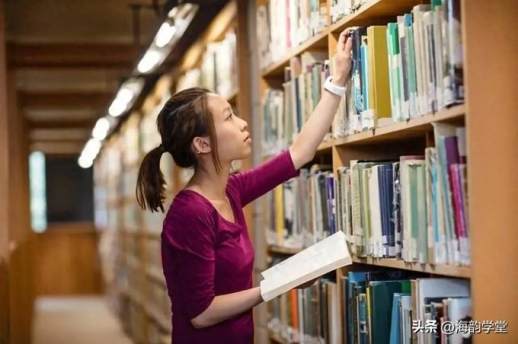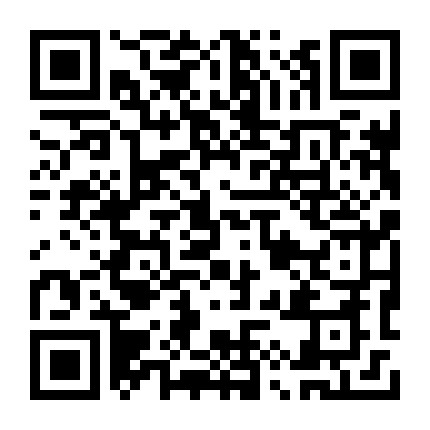面积的定义(几何面积计算公式及测量单位)

Area is a fundamental concept in elementary mathematics. It serves as the basic unit of measurement for two-dimensional space. Developing a sound understanding of area is pivotal for students as it fosters spatial awareness, logical reasoning, and problem-solving skills. However, considering its abstract nature, comprehending the concept of area can be challenging for young learners. Therefore, it is imperative that educators employ effective teaching methods to help students grasp the notion of "what is area."

1. Establishing Initial Understanding through Direct Experience
Teachers can engage students by drawing examples of area from everyday life, such as classroom floors, book covers, or playgrounds. Students are encouraged to touch, measure, and interact with these surfaces using various senses, enabling them to perceive the size of the space occupied by the object. This hands-on approach establishes an initial understanding of the concept of area. Additionally, utilizing physical models (e.g., puzzles, shape cards) for comparative analysis allows students to comprehend that area represents the size of a flat surface or the space it occupies in two dimensions.
2. Deepening Comprehension through Decomposition and Composition
By decomposing complex shapes into simpler ones (e.g., rectangles, squares, circles), and then recomposing or dividing them, students recognize that any irregular shape can be broken down into basic shapes for area calculation. This not only reinforces the essence of area but also enhances geometric reasoning. For instance, teachers can guide students in dividing a non-regular shape into familiar shapes and calculating the area of each part before summing them up to obtain the total area of the original shape.
3. Reinforcing Knowledge through Practical Activities
Incorporating hands-on activities, such as designing and creating shapes, measuring real-world surfaces, and drawing and calculating the area, solidifies students' understanding and application of area concepts. For example, by cutting out shapes from colored paper and comparing their sizes, students gain a deeper understanding that area not only reflects the magnitude of space but also demonstrates variations in shape.
4. Enhancing Conceptual Understanding through Mathematical Language
Once students have gained experiential knowledge, it is essential to introduce the mathematical definition and formulas for calculating area. This enables them to utilize mathematical terminology to describe and express area concepts, such as the formula for a rectangle's area: length × width, or for a square's area: side length squared. Additionally, analyzing and deducing the derivations of these formulas fosters logical reasoning and abstract thinking.
5. Promoting Transferable Applications using Real-Life Problem-Solving
By designing a series of problem-solving scenarios rooted in real-life situations, teachers encourage students to use their area knowledge flexibly, further solidifying and elevating their comprehension. Real-world problems, such as estimating the amount of paint needed for a wall or planning a school's green space, offer valuable opportunities to apply area concepts in practical contexts.

Assisting students in understanding "what is area" requires educators to adopt a multifaceted approach. By integrating examples from real life, engaging students in hands-on activities, fostering mathematical language proficiency, and incorporating relevant problem-solving scenarios, educators can effectively guide students from perceptual comprehension to rational understanding, culminating in their ability to apply the concept of area flexibly. This holistic approach ensures a thorough grasp and meaningful application of the fundamental concept of area.

